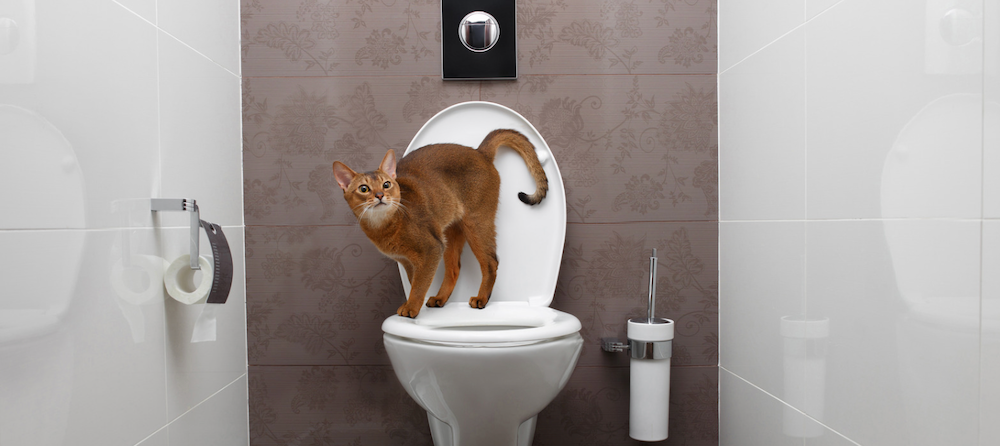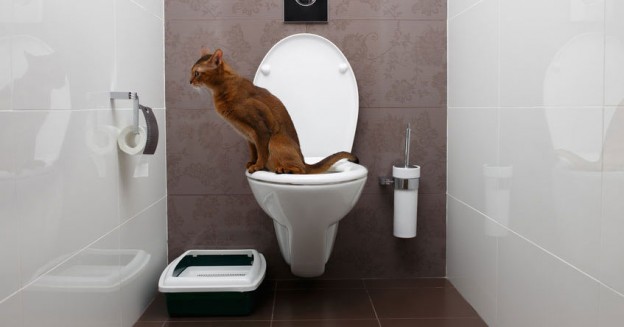What're your insights and beliefs on How to Dispose of Cat Poop and Litter Without Plastic Bags?

Introduction
As pet cat proprietors, it's necessary to bear in mind just how we throw away our feline good friends' waste. While it may seem convenient to purge pet cat poop down the commode, this method can have harmful consequences for both the environment and human wellness.
Alternatives to Flushing
Thankfully, there are more secure and a lot more responsible ways to take care of feline poop. Consider the adhering to options:
1. Scoop and Dispose in Trash
The most usual technique of dealing with cat poop is to scoop it right into a biodegradable bag and throw it in the trash. Make certain to use a committed litter inside story and deal with the waste immediately.
2. Use Biodegradable Litter
Select biodegradable feline clutter made from products such as corn or wheat. These clutters are environmentally friendly and can be securely dealt with in the garbage.
3. Hide in the Yard
If you have a lawn, take into consideration burying feline waste in a marked area away from veggie gardens and water sources. Make sure to dig deep enough to prevent contamination of groundwater.
4. Install a Pet Waste Disposal System
Buy an animal waste disposal system specifically designed for cat waste. These systems use enzymes to break down the waste, reducing smell and ecological influence.
Health Risks
In addition to ecological issues, flushing feline waste can additionally present wellness risks to people. Feline feces may include Toxoplasma gondii, a bloodsucker that can create toxoplasmosis-- a possibly severe disease, particularly for pregnant females and people with damaged immune systems.
Environmental Impact
Flushing feline poop introduces harmful pathogens and parasites into the water supply, posturing a considerable risk to water ecosystems. These contaminants can negatively impact aquatic life and compromise water quality.
Conclusion
Liable pet possession prolongs beyond offering food and shelter-- it also entails correct waste administration. By refraining from flushing cat poop down the toilet and going with alternative disposal techniques, we can reduce our environmental footprint and shield human health and wellness.
Why Can’t I Flush Cat Poop?
It Spreads a Parasite
Cats are frequently infected with a parasite called toxoplasma gondii. The parasite causes an infection called toxoplasmosis. It is usually harmless to cats. The parasite only uses cat poop as a host for its eggs. Otherwise, the cat’s immune system usually keeps the infection at low enough levels to maintain its own health. But it does not stop the develop of eggs. These eggs are tiny and surprisingly tough. They may survive for a year before they begin to grow. But that’s the problem.
Our wastewater system is not designed to deal with toxoplasmosis eggs. Instead, most eggs will flush from your toilet into sewers and wastewater management plants. After the sewage is treated for many other harmful things in it, it is typically released into local rivers, lakes, or oceans. Here, the toxoplasmosis eggs can find new hosts, including starfish, crabs, otters, and many other wildlife. For many, this is a significant risk to their health. Toxoplasmosis can also end up infecting water sources that are important for agriculture, which means our deer, pigs, and sheep can get infected too.
Is There Risk to Humans?
There can be a risk to human life from flushing cat poop down the toilet. If you do so, the parasites from your cat’s poop can end up in shellfish, game animals, or livestock. If this meat is then served raw or undercooked, the people who eat it can get sick.
In fact, according to the CDC, 40 million people in the United States are infected with toxoplasma gondii. They get it from exposure to infected seafood, or from some kind of cat poop contamination, like drinking from a stream that is contaminated or touching anything that has come into contact with cat poop. That includes just cleaning a cat litter box.
Most people who get infected with these parasites will not develop any symptoms. However, for pregnant women or for those with compromised immune systems, the parasite can cause severe health problems.
How to Handle Cat Poop
The best way to handle cat poop is actually to clean the box more often. The eggs that the parasite sheds will not become active until one to five days after the cat poops. That means that if you clean daily, you’re much less likely to come into direct contact with infectious eggs.
That said, always dispose of cat poop in the garbage and not down the toilet. Wash your hands before and after you clean the litter box, and bring the bag of poop right outside to your garbage bins.
https://trenchlesssolutionsusa.com/why-cant-i-flush-cat-poop/

We had been shown that article on How to Dispose of Cat Poop and Litter Without Plastic Bags through a good friend on another web address. Remember to take the opportunity to distribute this page if you liked it. Thank you so much for going through it.
Click Here